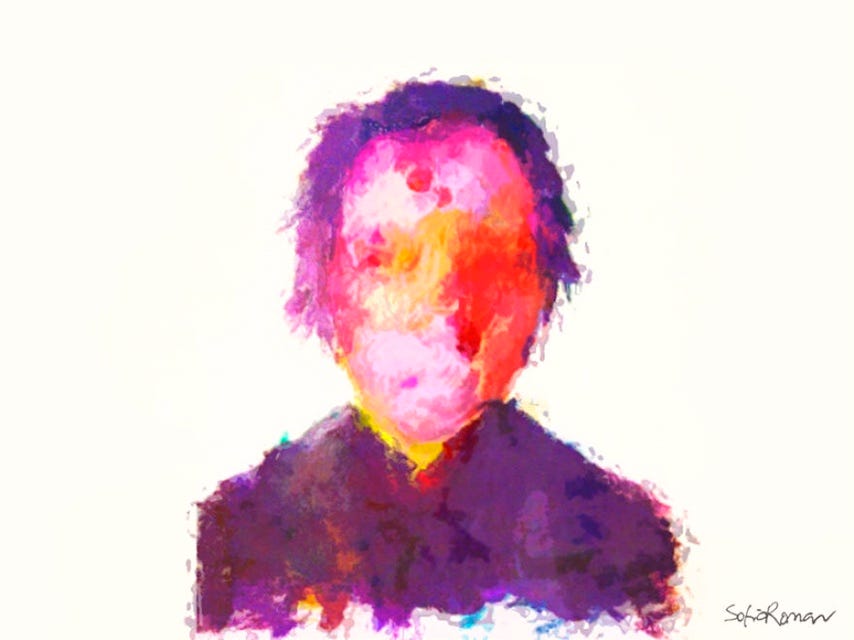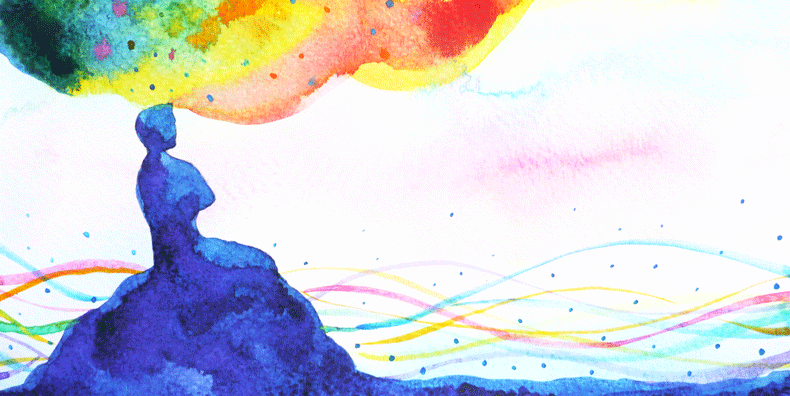We all have fears — fears of loss, fears of death, fears of pain. These fears protect us; they allow us to know our boundaries and what is safe or not safe. These fears are instinctual and derive from our drive to live, to exist, or to matter. These fears are ones we can name and accept as part of a normal, healthy existence. But simmering beneath these conscious fears is one we might not want to acknowledge. Perhaps even the ultimate fear:
Insanity.
The subsets of this fear are just as unmentionable:
- The fear of ending up in the loony bin. Next to prison, many consider it to be the worst place one can be. It is a place most people never think they might end up in. Entering a mental hospital can inspire shame-a skeleton in one’s closet no one wants to expose.
- The fear of being found crazy. Your secret thoughts, secret phobias, secret desires, might be deemed crazy.
- The fear of being judged insane. A horrible word, a horrible judgment. The only label more horrible is being judged guilty. Perhaps.
We repress these fears in order to exist. We separate the unacceptable, the unimaginable, the bizarre, the unforgivable, so we don’t have to be aware of it.
Insanity happens only to the unlucky few, whose existence we would rather not acknowledge. If insanity touches us in any way personally, this fear is further enveloped in shame-to be associated with this label is to risk being a pariah.
We push these fears into a box in our mind, into the box containing so much in life we want to distance ourselves from, to not be aware of, in order to function. In our confessional culture, the division between private and public has been challenged by our increasing isolation and distance from others; due to the increasing demands of personal life, this fear is the last bastion of the unspoken.
The ones who open up this box are foreign, the other — acceptable only as a fictional, temporary, fantastical, destination. Nowhere anyone wants to be stuck in. The stickiness of insanity is something to be avoided at all costs, or one risks being put, swiftly, back into that secret box.
When someone delves into the depths of madness, or addiction, or violence, or what is considered to be abnormal, then we put that person away. To put someone away makes sense-is rational-because it means we don’t have to see it. To ignore, I have come to believe, is the hallmark of sanity-or at least what we call sanity. To think too much, to feel too much, to believe too much, all are the conditions of insanity.
This was particularly true in 1998, after a psychotic break left me mentally paralyzed in a way I would only recover from after entering a mental hospital. People like me who have been diagnosed with any sort of mental illness encounter an intensity of experience the “sane” may never feel. We become painfully aware of the inhumanity the mentally ill are subjected to, the humiliation involved in getting treatment and the stigma we feel afterward.

Which-I wonder-is more insane? To be able to not be aware of so much suffering and insanity? To accept this as just the way life is? Or, to have the overwhelming realization leading to behaviors, thoughts and emotions we consider to be insane?
Of course, most of us will never think too much, feel too much or believe too much-either because we fear being out of control or because it never occurs to us in the first place. But, we might have the curiosity.
If you could strip away the social norms, or think about life in a little different way, and then are caught doing this, you might end up in the mental hospital. You might fall over the edge. And so, it is natural to wonder: The mental hospital-what is it like? Is it possible to visit, to see within, without being consumed by its unreality?
You want to know. Or you don’t want to know because you fear it. It was one of the worst fears, even mine.
How do you explain what it is like to be “in there?” I have been in there. I have crossed the line that so delicately divides sanity from insanity. I have “lost my grip on reality” and found solace in the safe haven of madness. Safe because you forget what might be outside, relieved of the fear you might cross the line-and never return.
And even though I have crossed this line, and I returned safely to the label of sane-at least temporarily — I can’t help but wonder, who and what in life is actually sane? I can’t blame people for losing touch with reality-sometimes reality just doesn’t make sense.
Sometimes “in there” has more meaning than everyday existence. It rids us of our shackles of social decorum and social niceties, which tend to separate us from others and prevent true intimacy. There are no strangers in the world of insanity. What is it like to have this relief from the pressures to appear all there? What is it like to be deemed insane?
I can report what is like to have been insane, because I have been there. I have been in the dark crevices of my mind where nothing makes sense, but also makes complete sense in some divine disintegration. I can report what being in a mental hospital is like, because I have been there.
I can answer the questions: What it is like physically and mentally to have lost your mind? To not know what is real or what is not? To do, say and believe in truly bizarre things? It is a mystery to most people. But it still is the worst fear for many.
Delving into madness doesn’t have to be a death trap. It can be a place to delve in but not be swallowed whole. It may be a worst fear, but it is survivable. People like me have lived to tell the tale.

Melissa Miles McCarter wrote a memoir Insanity: A Love Story about her initial diagnosis of and hospitalization for bipolar disorder. More information can be found at: melissamilesmccarter.com


